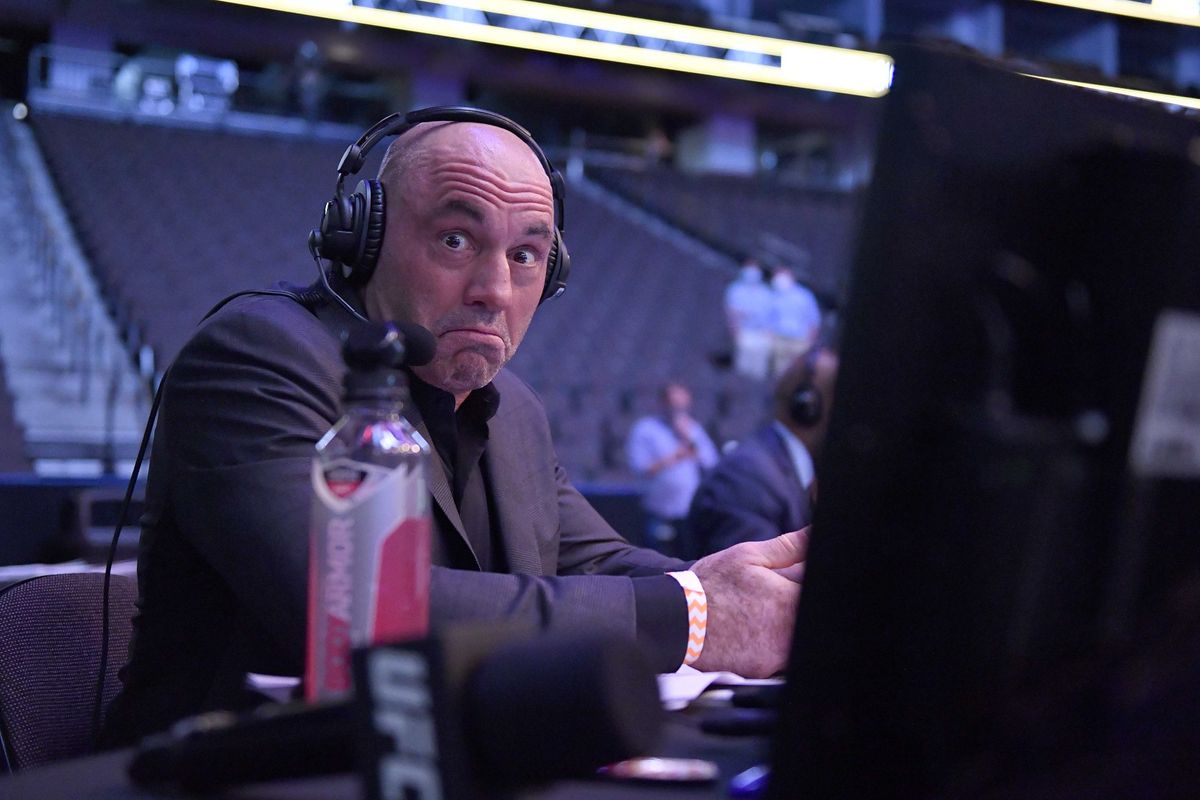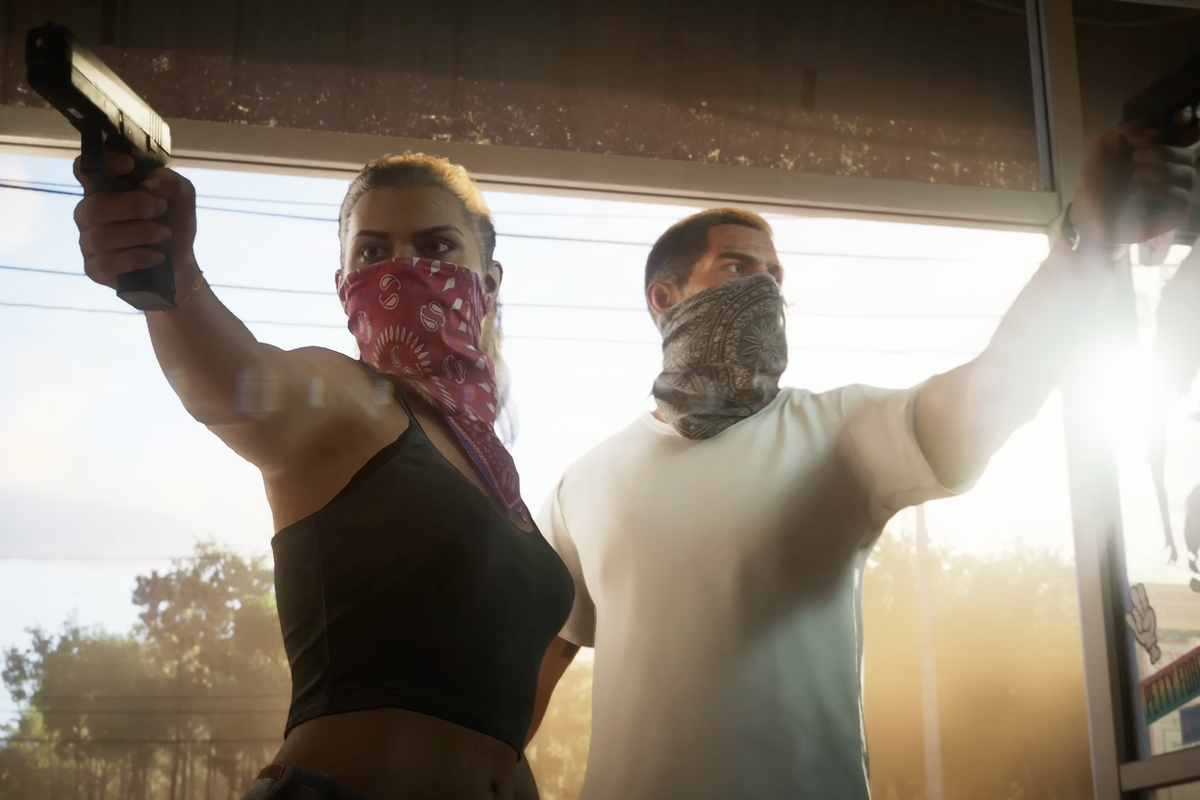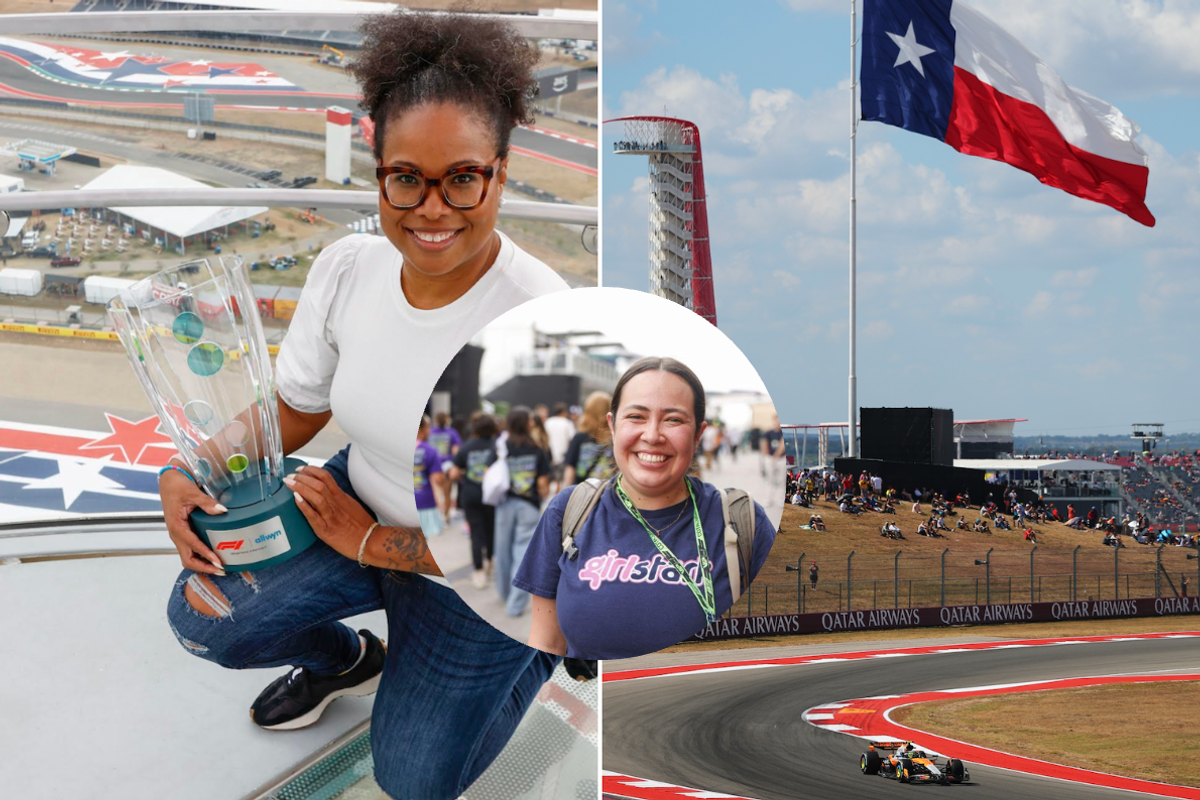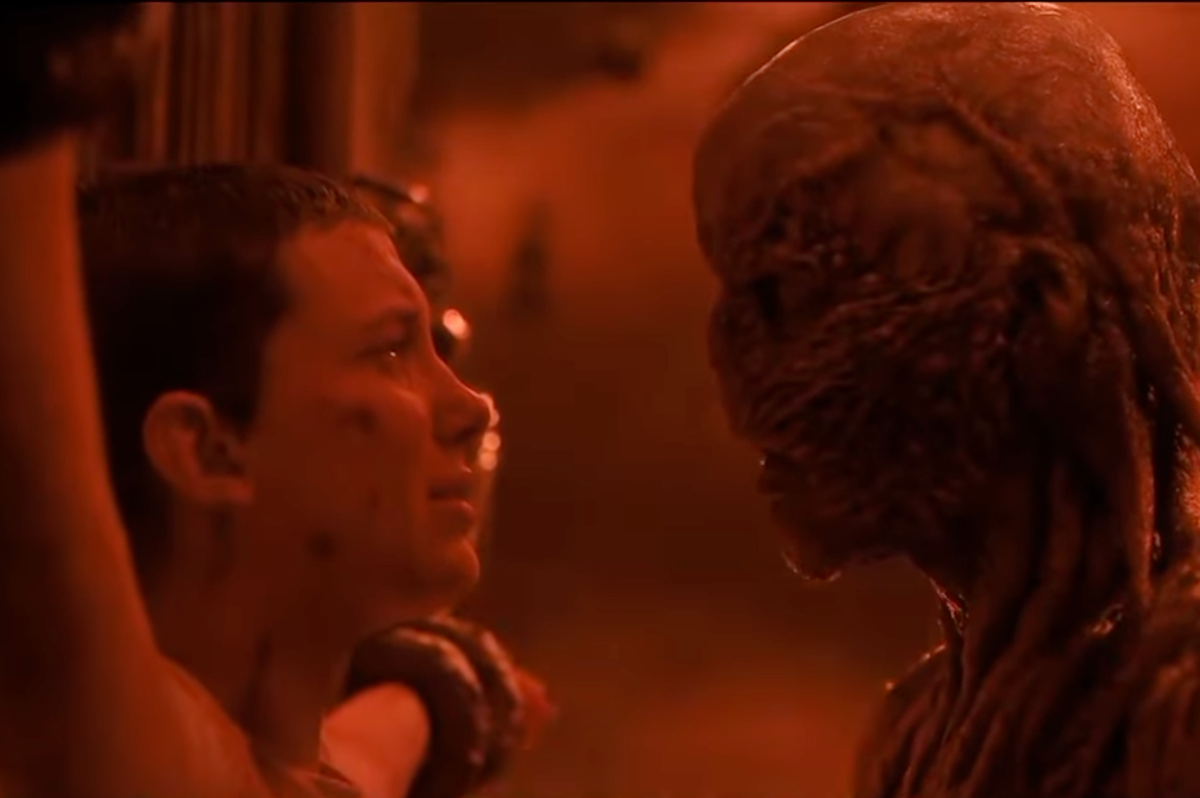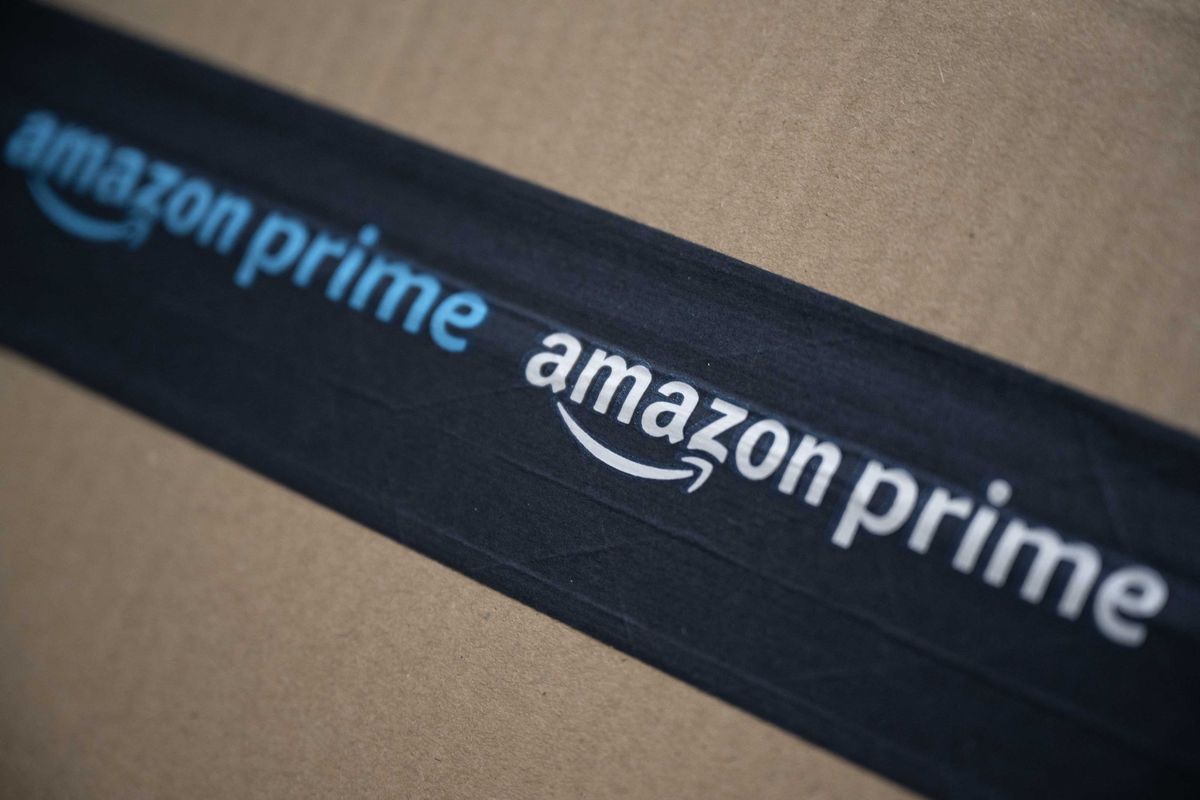News
Moya Lothian-McLean
Apr 02, 2020
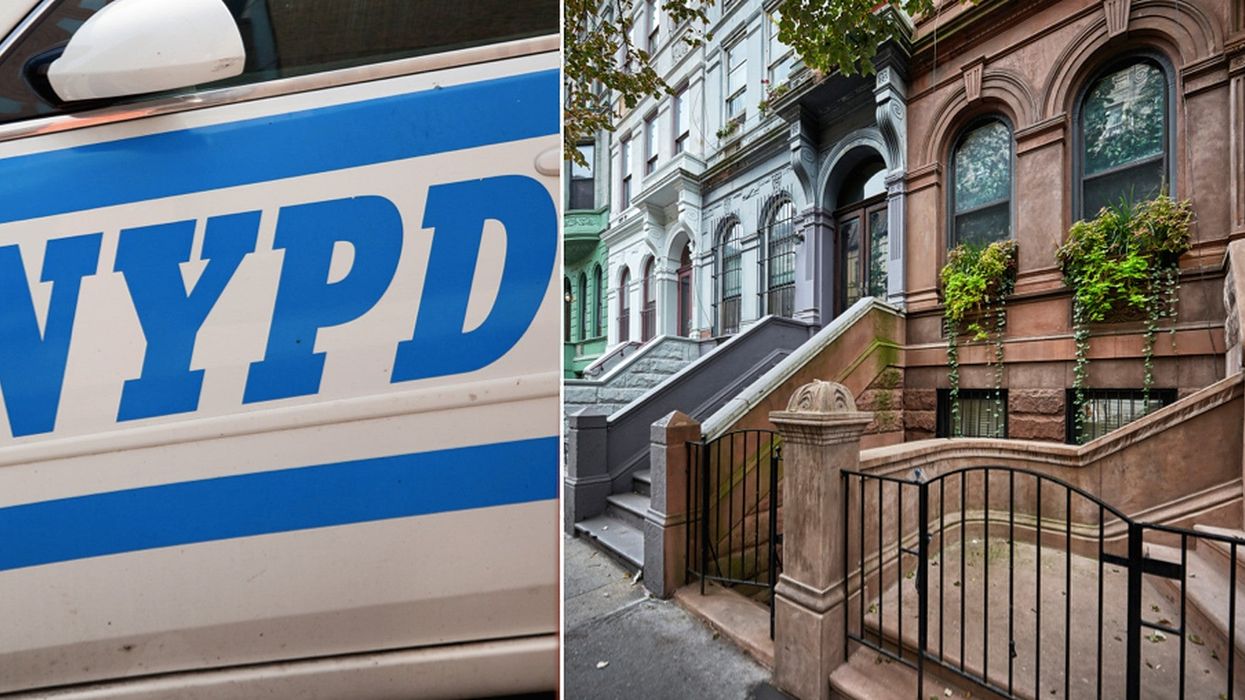
ISTOCK
With lockdown has come a whole new set of rules.
As social distancing is enforced, authorities across the world have introduced measures to prevent people from breaking coronavirus guidelines.
In the UK, the police have been given emergency powers which allow them to fine people up to £120 for flouting lockdown regulations.
One woman was even fined £850 recently after being “unable to give a valid reason for using the railway during the coronavirus pandemic”.
But police forces were warned about "overreaching" in using their new powers, after incidents including filming walkers via drone in Derbyshire and telling shopkeepers to stop selling Easter eggs.
The situation is similar in certain areas of the US – New York mayor, Bill de Blasio, has given the NYPD the ability to issue fines of up to $500 to anyone believed to be violating social distancing rules.
“I want to just let all New Yorkers know that what we're trying to do is say: you've been warned and warned and warned again,” de Blasio said in a press conference.
Now, if an officer comes up to you and says, ‘Move along, disperse, etcetera,’ if you ignore that order we're going to have to fine you.
New York has been hit hard by coronavirus, with a death toll nearing 2,000.
De Blasio also encouraged New Yorkers to call 311 and inform authorities if they saw a “crowd forming” that they suspected was in violation of the guidance.
Now Jezebel has analysed the data behind “social distancing” complaints made to 311 since de Blasio announced the fines.
And what they found is very interesting.
Alongside a map posted to their article, which detailed the call hotspots, Jezebel reported that the calls “overwhelmingly placed in gentrifying neighborhoods in Brooklyn and Manhattan”.
The area that got the most 311 complaints was Community Board Distrct 1, in Brooklyn.
It includes Willamsburg and Greenpoint. Both have average monthly rents over $3,500 according to property site, RentCafe.
Also experiencing a high volume in calls were areas like the Upper West Side, Long Island City, and Manhattan’s Chelsea neighbourhood.
Despite these areas having the most calls, in 65 per cent of the cases, the NYPD reported that they investigated an incident but didn’t “directly engage” with it. In Brooklyn, they only took action for every one in four calls.
Except for one location: the Bronx.
The Bronx has a higher ethnic minority population than Brooklyn or Manhattan; it’s also known to be an area that struggles with poverty, high youth unemployment and housing shortages.
For complaints about social distancing made in the Bronx, police reported taking action 40 per cent of the time.
As Jezebel points out, this may not simply be due to police disproportionately taking action in certain areas, compared to others.
It could be that tips given in the Bronx are more accurate or worth following up on.
But the map does suggest a pattern worth investigating further: that wealthier neighbourhoods with more white residents are calling in more complaints.
Certainly something to bear in mind.
Top 100
The Conversation (0)
